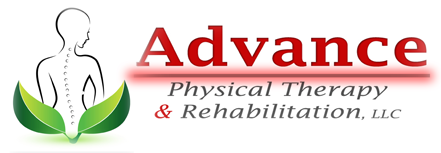
Postural Dysfunction
What is postural dysfunction?
Postural dysfunction is a clinical term for poor posture. The most common signs of postural dysfunction are a head that droops forward and a back that is abnormally flat, but this condition may also cause sway back, which pushes your abdominal area forward. Lower back pain is a commonly reported symptom of bad posture, but neck, arm, and shoulder pain are also common symptoms of this condition. Bad posture can also cause aches and pains in your hips, knees, and ankles, and this condition can also spur the onset of fatigue or tension headaches.
What causes postural dysfunction?
One of the most common causes of postural dysfunction is lack of education about correct posture. Many people who work on a computer for a living do not know what the proper seating posture is at a desk, and people who have a more sedentary lifestyle are more prone to developing poor posture. Muscle weakness, tightness and poor core stability can also contribute to this condition.
What are the symptoms of postural dysfunction?
Symptoms of postural dysfunction include pain in the neck, low back, mid back, buttocks, shoulders, arms, hips, knees and ankles. Postural dysfunction causes body aches, muscle pain, fatigue and tension headaches.
How is postural dysfunction diagnosed?
Poor posture can usually be diagnosed in the course of a physical examination. Your doctor will observe the way you hold yourself while standing, and they may also observe your position while lying down. In some cases, your doctor may order imaging tests, such as an MRI or CT scan, to get a better idea of the position of your spine.
How is postural dysfunction treated?
Postural dysfunction is most commonly treated with physical therapy. To treat your poor posture, your physical therapist will assess and diagnose your postural habits with all functional activities, including, sitting, standing, walking and bending. The therapist may employ techniques such as postural training, manual therapy, or postural taping. In most cases, flexibility, corrective exercises and core strengthening are incorporated into the treatment plan and are important part of the postural dysfunction recovery process.


